
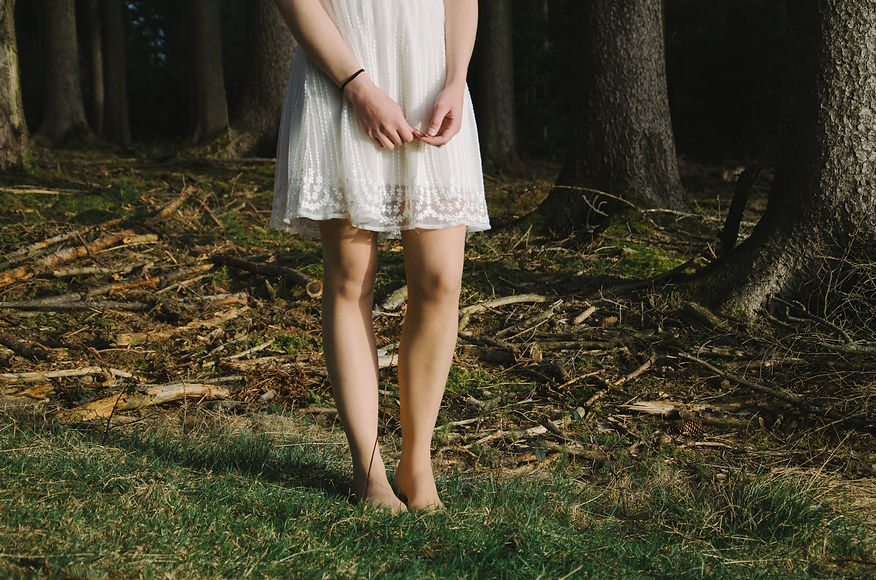
the path of
GROUNDING
THE GROUNDING PATH
The grounding path, often referred to as "earthing," is a practice that involves connecting with the Earth's natural energy by physically touching or being in close proximity to the ground, such as walking barefoot on soil, grass, or sand. This practice, akin to climbers establishing a firm foothold before ascending, is rooted in the belief that direct contact with the Earth's surface can provide numerous physical and mental health benefits.
The Earth carries a subtle electric charge known as a negative electrical potential. When we make direct contact with the ground, such as through our feet or skin, we allow this electrical charge to flow into our bodies. This connection is believed to have several potential benefits.
One significant advantage of grounding is its potential to reduce inflammation and oxidative stress in the body, which are associated with various chronic health issues. Grounding may also contribute to improved sleep quality and a more regulated sleep-wake cycle for some individuals. Many people report experiencing pain relief and reduced stress levels after grounding sessions, which can promote relaxation and enhance overall well-being.
Additionally, the grounding path is thought to have a positive impact on mood and mental clarity, with some individuals reporting increased emotional balance and mental resilience. There is ongoing research on the potential immune-supporting effects of grounding practices.
With the invention of footwear, we walk around detached from the Earth, grounding is the answer. It can be as simple as walking barefoot on natural surfaces or lying on the ground. Alternatively, grounding mats and products that simulate the Earth's electrical charge are available. While scientific research on grounding continues, many individuals incorporate this practice into their self-development journey as a way to reconnect with nature and potentially reap its physical and mental health benefits.
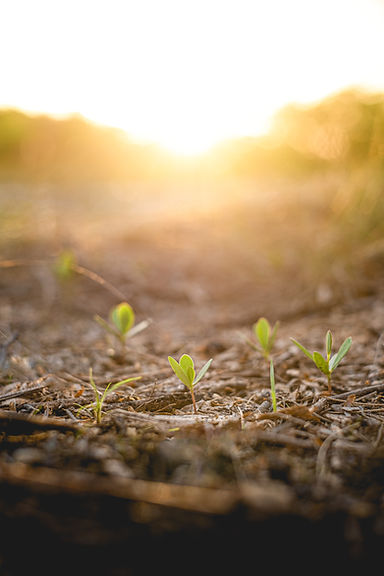
You didn't come onto this Earth, you came out of it.
TYPES OF GROUNDING
Grounding comes in various forms to suit different preferences and lifestyles. Here are some common types of grounding practices:
Barefoot Grounding
The simplest form of grounding involves walking or standing barefoot on natural surfaces like soil, grass, sand, or even rocks. This direct contact with the Earth allows the transfer of its electrical charge into your body.
Grounding Mats and Sheets
These are specially designed products that mimic the Earth's electrical charge. You can place grounding mats or sheets on your bed or floor and rest your bare skin on them while you sleep or work.
Grounding Shoes
Grounding shoes have conductive soles that maintain a connection between your feet and the Earth even when walking on concrete or other unnatural surfaces.
Grounding Rods
Grounding rods are metal stakes driven into the ground, with a wire connecting them to a conductive mat or sheet. This allows you to ground yourself while indoors.
Grounding Techniques in Nature
Spending time in nature, such as hiking, camping, or gardening, provides natural grounding opportunities. Simply sitting or lying on the ground and enjoying the outdoors can have grounding benefits.
Grounding Exercises
Some grounding practices involve specific exercises or yoga poses performed outdoors, promoting both physical activity and connection with the Earth.
Beach Grounding
Walking along the beach or sitting near the shoreline allows you to combine the benefits of grounding with the soothing sounds and energies of the ocean.
Forest Bathing
Also known as Shinrin-Yoku, this practice involves immersing yourself in a forest environment and absorbing the healing energies of the trees and the Earth.
Meditative Grounding
Grounding can be incorporated into meditation and mindfulness practices. Visualise roots extending from your body into the Earth, connecting you to its energy.
Outdoor Yoga and Tai Chi
These mind-body practices can be performed outdoors, combining the benefits of grounding with the physical and mental benefits of the exercises.
The choice of the grounding path depends on personal preference, location, and lifestyle. Regardless of the method chosen, grounding is a way to reconnect with the Earth's natural energy and potentially experience physical and mental well-being benefits.
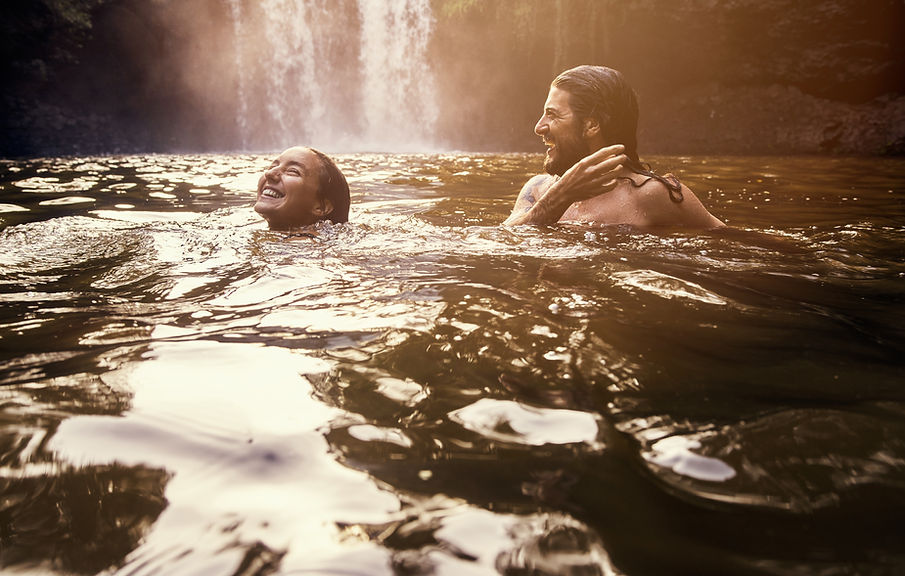
Your body came from the Earth and will one day return to the Earth. You are one and the same.
BAREFOOT SHOES
Barefoot shoes, also known as minimalist or zero-drop shoes, have gained popularity for their potential health benefits and alignment with the natural mechanics of the human body. These shoes mimic the experience of walking barefoot while providing protection and support. Here are some of the key benefits of wearing barefoot shoes:
Improved Posture and Alignment
Barefoot shoes encourage a more natural gait and posture. By allowing your feet to move and flex as they were designed to, they can help reduce the risk of common posture-related issues like back pain and joint strain.
Enhanced Foot Strength
Traditional shoes with thick soles and arch support can weaken the muscles and ligaments of the feet. Barefoot shoes challenge your feet to work harder, leading to increased strength and stability.
Better Sensory Feedback
With thinner soles, barefoot shoes allow your feet to sense the ground more effectively. This sensory feedback can improve balance and coordination.
Reduced Risk of Foot Problems
Traditional shoes can contribute to issues like bunions, plantar fasciitis, and ingrown toenails. Barefoot shoes promote a more natural foot shape and can help prevent these problems.
Natural Toe Splay
Barefoot shoes often have wider toe boxes, allowing your toes to spread naturally. This can reduce the risk of crowding and deformities.
Improved Biomechanics
Wearing barefoot shoes can encourage a more efficient and biomechanically sound stride, potentially reducing the risk of injuries.
Enhanced Grounding
Like grounding or earthing, barefoot shoes allow you to connect more directly with the Earth, potentially offering grounding benefits such as reduced inflammation and improved sleep.
Lightweight and Breathable
Barefoot shoes are typically lightweight and breathable, making them comfortable for all-day wear, particularly in warm weather.
It's important to transition gradually to barefoot shoes, as your feet may need time to adjust to the different mechanics and sensations. However, for those seeking a more natural and health-conscious footwear option, barefoot shoes can offer numerous advantages that align with your path toward self-development on Mount Evolve.
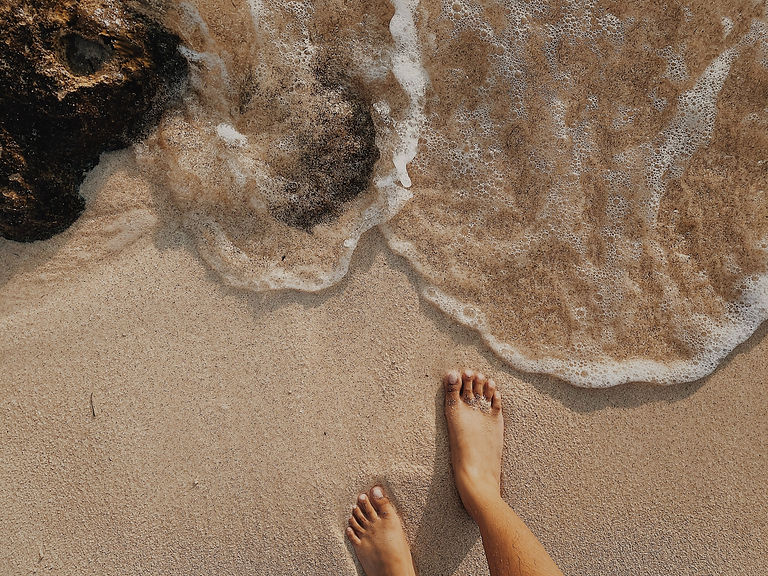
BENEFITS
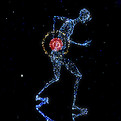
The grounding path may help alleviate various types of pain, including chronic pain and muscle soreness, by reducing inflammation and promoting relaxation.

Grounding techniques are known to balance the autonomic nervous system, leading to reduced stress levels, increased relaxation, and enhanced emotional well-being.

Many individuals report better sleep quality and a more consistent sleep-wake cycle after incorporating grounding practices into their daily routines.

Some studies suggest that grounding practices can support the immune system by reducing inflammation and oxidative stress, potentially enhancing the body's ability to fend off infections.

Grounding has been associated with a reduction in inflammation and oxidative stress in the body, potentially lowering the risk of chronic diseases and promoting overall health.

Grounding is often associated with improved mood, reduced anxiety, and increased mental clarity, helping individuals achieve a greater sense of emotional balance.
Walks
The "Grounded" walk combines grounding (earthing) with yoga or stretching, promoting a harmonious connection between body and earth. It enhances physical and mental well-being, improves sleep quality, increases energy, reduces inflammation, improves circulation, and deepens your connection with nature, fostering balance and tranquillity.
Hikes
The "Gaia" hike combines yoga, grounding, nature immersion, sound healing, and chanting to reconnect with Mother Earth. It fosters a deep bond with nature, spiritual grounding, and environmental harmony, enhancing mindfulness and promoting a sense of peace and unity with the natural world.
To ground is to pour your energies back into the earth and feel the warm calm of nature entering your body in exchange.
Unknown
The Earth has music for those who listen.
William Shakespeare
It is only by grounding our awareness in the living sensation of our bodies that the 'I am,' our real presence, can awaken.
G. I. Gurdjieff


